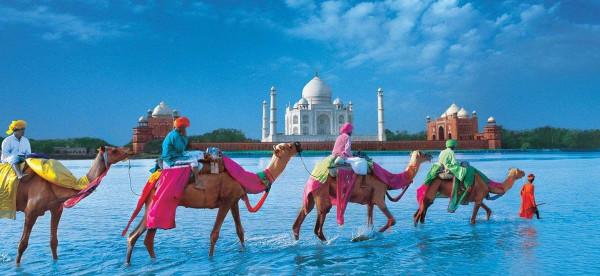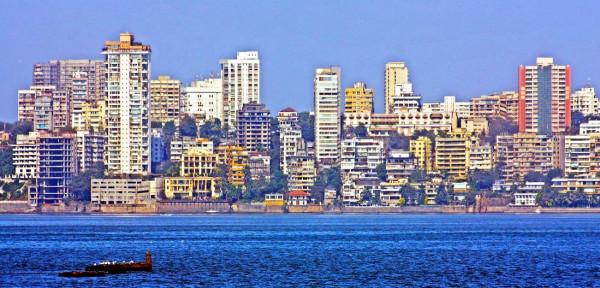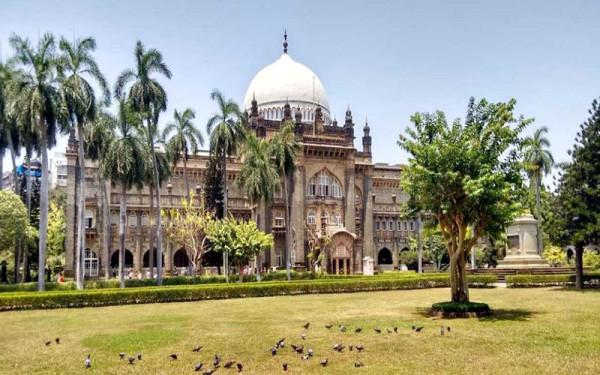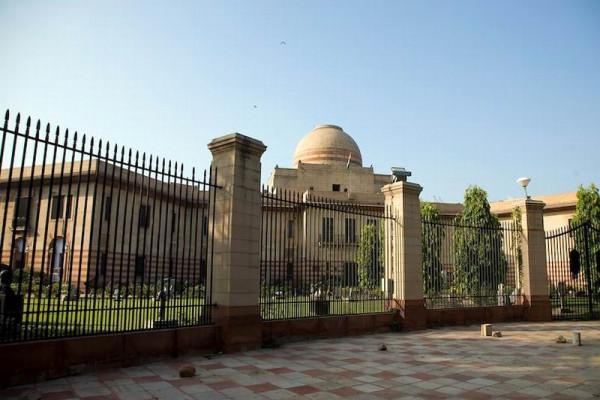From the bustling roads that are teeming with cars, buses, and taxis to the efficient rail and tram networks that crisscross the nation, India’s transport system is undoubtedly a force to be reckoned with.
When it comes to road transport, India boasts one of the most extensive and heavily used networks in the world. Millions of Indian citizens rely on buses, taxis, and private vehicles to commute to work, school, and other destinations. The convenience and accessibility of road transport make it the primary mode of transportation for the majority of people in the country.
In addition to road transport, India also has a well-developed rail network that plays a crucial role in connecting different regions. The Indian Railways, known as one of the largest rail networks globally, provides a reliable and affordable mode of transport for millions of passengers every day. From local trains that ferry commuters within cities to long-distance trains that traverse the length and breadth of the country, the rail system in India is truly remarkable.
Furthermore, some cities in India have embraced tram transport as a sustainable and efficient mode of commuting. Trams, with their ability to navigate through congested city streets, offer a convenient way for residents and visitors alike to travel short distances within urban areas. Kolkata, for instance, is known for its iconic tram system that adds to the city’s charm and heritage.
When it comes to air transport, India boasts a robust network of airports that connect different parts of the country and enable seamless domestic and international travel. With the rapid growth of the aviation industry, air travel has become increasingly accessible to a broader section of the Indian population.
Transport in India encompasses a rich tapestry of options, including road, rail, tram, and air transport. These modes of transportation come together to ensure that people can travel comfortably and conveniently across the vast expanse of the country.











